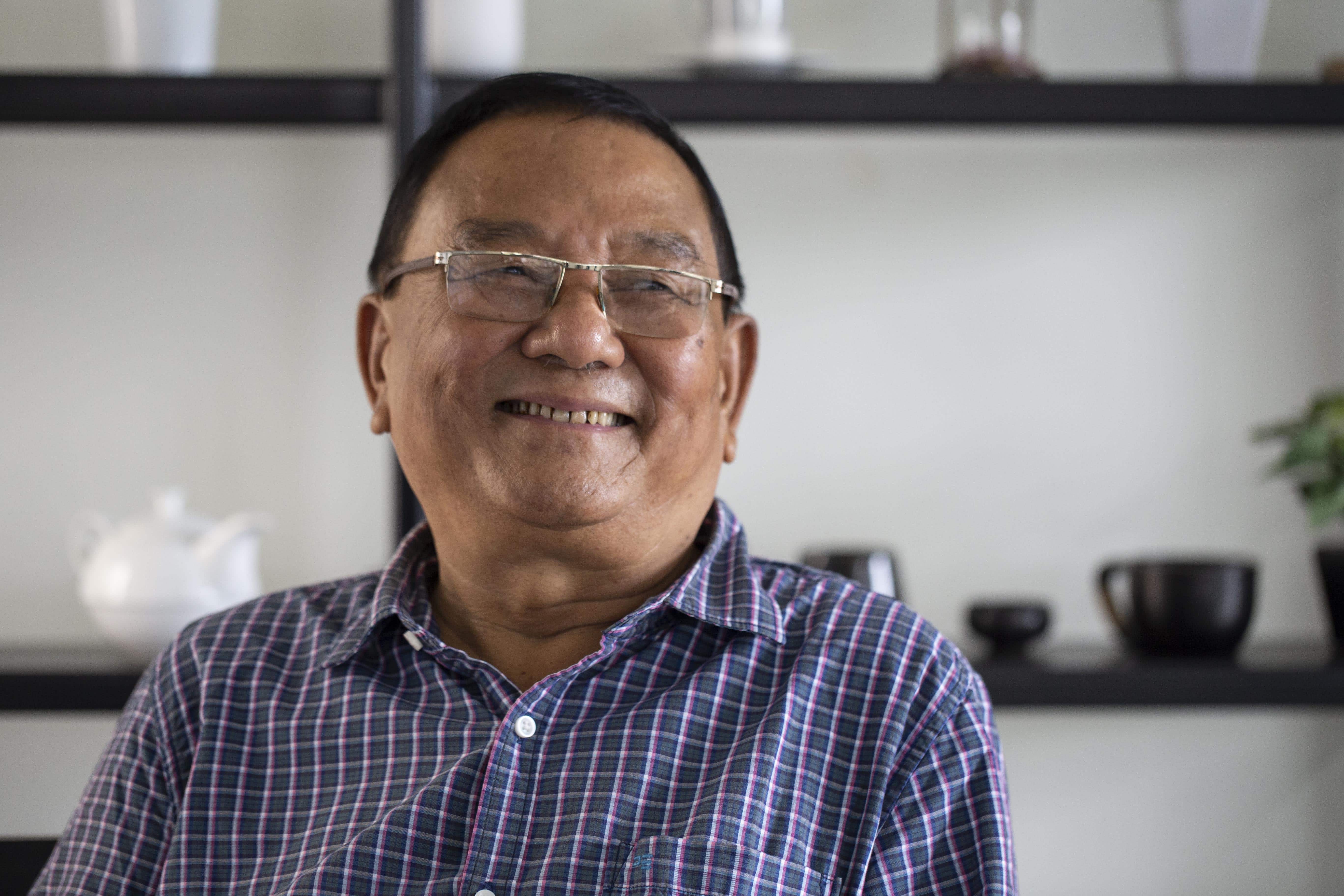Tracing the trail of Darjeeling Muscatel in the tea world
When Arun Kumar Gomden started his career in a remote tea estate of Singbulli in Darjeeling way back in 1968, he had no idea he would achieve so much and go on to become a bright star in the pages of tea history. All he knew was that he had this sort of zeal to learn and a love for tea that only grew deeper with time. He spent 7.5 years in that estate taking in every aspect of tea making in which he went on to become a true master.
In 1976, he was transferred to Thurbo where he began to apply all his learnings and started bringing in new ideas and innovations. He recalls how the trend in tea drinking was evolving and with it the manufacturing processes. First Flush teas, he says, used to be very heavy kinds of teas, strong on the palate with full body. This all changed gradually over a span of a decade. In Thurbo, he studied tea more deeply and made keen observations. It was in the spring of 1979 that he made the first ever batch of what he named Silver Tips. These were the rare and tender leaves and buds of spring that had silver hairs or pubescence. He made a batch of 101 kgs which at the time took about a month because a worker could only pluck about 100 gms in a day. They were so rare. In the auctions, the tea was sold for Rs 370, a world record price when the best teas would fetch only about Rs 100. Gomden’s hardwork and talent were validated.
Mr Gomden stayed on at Thurbo till 1984 when he was sent to the iconic Castleton as Senior Assistant and was put in charge of establishing the new factory at Springside. With new responsibilities and freedom, he went on to make great teas and live the most proud moments of his life there. The following year during the Second Flush, he made a batch of orthodox chinary that “was highly flavorful’, he recalls. “It was one of those teas that just stand out,” he says. That tea broke all records and made a new one fetching Rs 583 at the auctions. “Wow! That was something we never saw coming. We were all amazed. Goodricke also ordered new marketing material and flyers for such a landmark achievement,” laughs Mr. Gomden. But then the unthinkable happened a week later. The house agents called from Calcutta and informed that the week’s batch had gotten Rs 1460. “That’s impossible!” Gomden had told the agent and asked him to check his facts and confirm. He did and it was definitely true. Gomden, Castleton, and Goodricke couldn’t believe it.
The historical moment was reported widely and in one particular newspaper as “The Battle of Giants” as the huge tea corporations Lipton and Brookebond bid against each other. Lipton had won the bid and would go on to present the record-breaking Darjeeling to the former Emperor of Japan, Hirohito. “It was one of the biggest moments of my life. I was exceedingly proud and happy for such an honour,” exclaims Mr. Gomden. It was indeed a rare and laudable achievement and also a turning point in the tea world as it was this event that led to the discovery and the development of the now world renowned and prized Darjeeling Muscatel.
Piqued by the interest and repute his teas had earned, Mr Gomden started studying the plantations thoroughly. In 1986, he went deeper into the sections and categorized them into special sections and graded the harvests that followed. The tea he had made the precious year was special and it had some unique characteristics and he was determined to learn more about it. He recalls the tea having been highly flavorful and aromatic. He tried to find out more about this unique flavor profile that these leaves carried and which occurred only during the brief summer periods of 10-12 days.
He looked for a word to describe this rare tea that had this strong fragrance, quite heady yet parts of it would be furtive. He looked up dictionaries and encyclopedias. And finally, he decided on ‘Muscatel’ for the fruitiness of Muscat grapes, ripe and tart. It was perfect and it would break records for more years to come with Rs 1740 that year and an astounding Rs 2700 the next. The era of Muscatels had begun.
“Muscatels are rare. Only a few sections of some estates can have that particular quality that a Muscatel has,” says Mr Gomden wary of the fact that tea makers nowadays do not use the nomenclature judiciously and are prompt to name their teas for more profits. “Flavors vary from valley to valley. I cannot find the same flavors in, say Gomtee, that I may find in Castleton. And the altitude plays a huge role in the flavor profile. Higher altitudes have better flavor intensity,” he remarks. Muscatels are made from traditional chinary bushes that have been planted more a century ago. And the thing about chinaries is that their flavors differ significantly from place to place. Clonals, on the other hand, more or less produce the same flavor profiles with varying intensities dependent on altitude and other climatic conditions.
Tea bushes are really something special and with age give you terrific teas and with them special memories. Summer unfolds the best flavors that these plants have to offer, some with their remarkable flavors and some with their nuanced hints and undertones.

